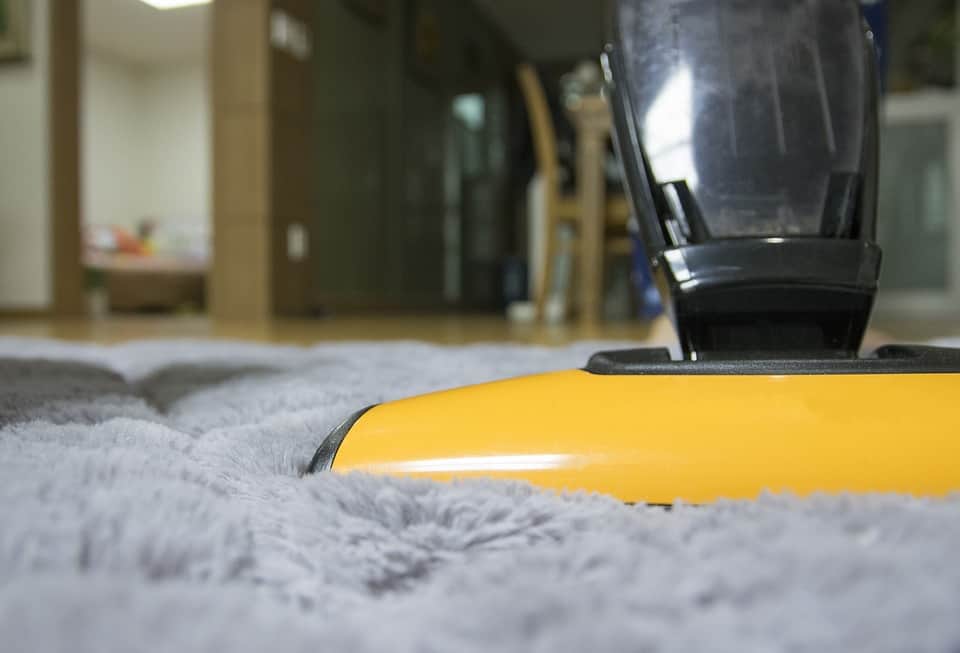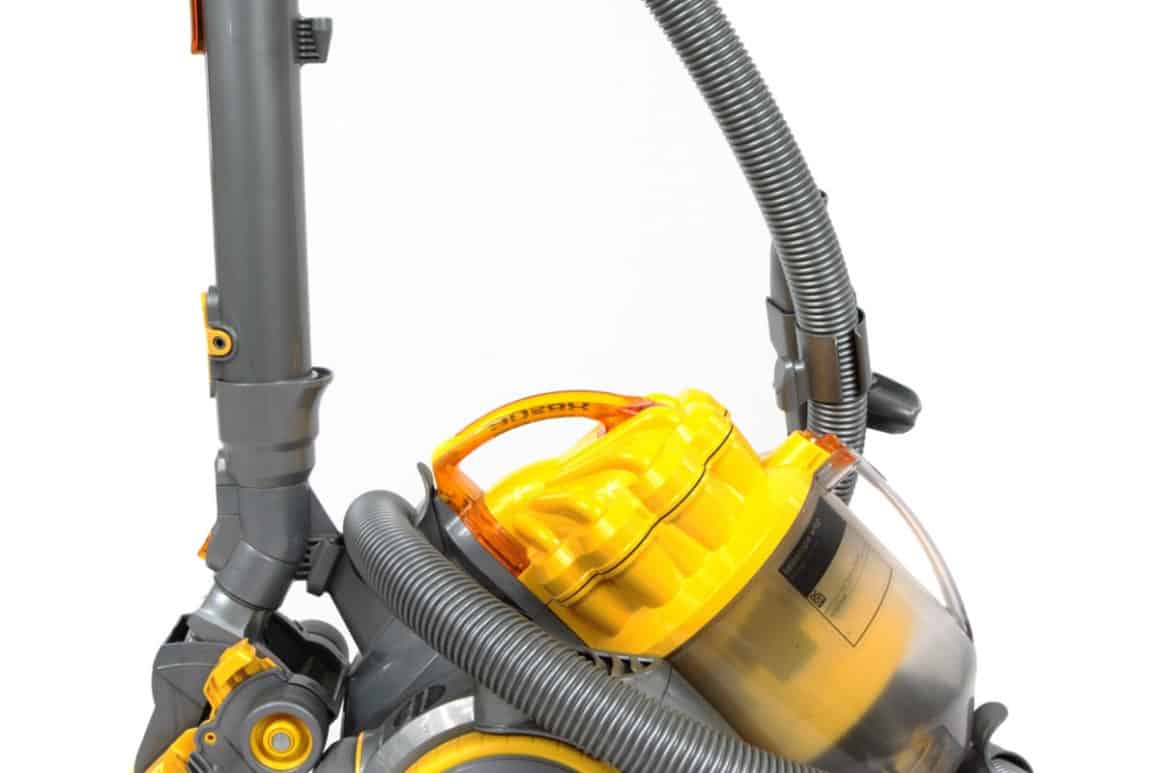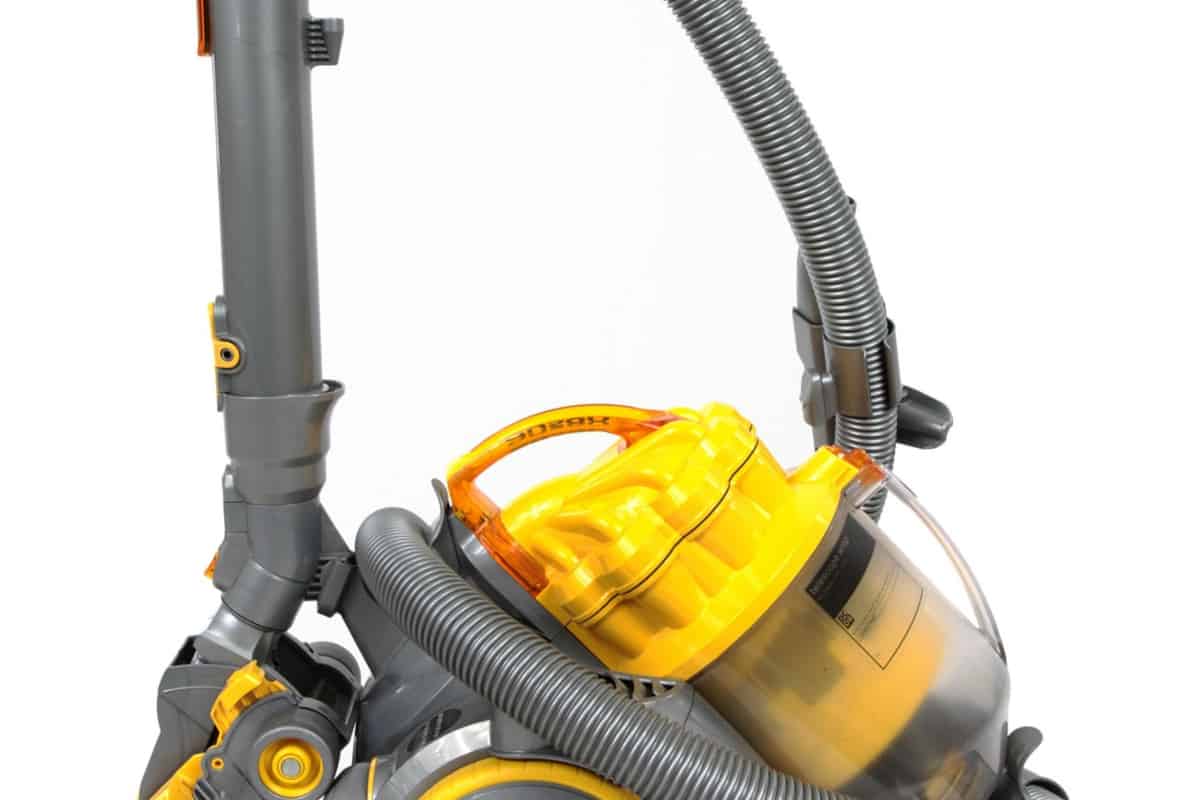Homes that use even a single piece of carpet must ensure that they maintain it to minimize dust and dirt accumulation on the luxurious floor covering to create a healthy indoor environment. To attain the goal, which also enhances the carpet life, homeowners must regularly vacuum carpets using a heavy-duty vacuum cleaner that can efficiently extract dirt and dust particles from the carpet fibres. Vacuuming is the most effective cleaning technology to maintain dirt-free areas.
The technology of vacuum cleaning is old, but with time, vacuum cleaners have gone through various developments that have helped improve the machines’ efficiency while also making them more versatile. You can use all popular Shark vacuums for carpet cleaning and cleaning every nook and cranny of your home.
Knowing the crucial features of a vacuum cleaner will ensure that you buy the right one.
Suction power

The real power of vacuum cleaners lies in their sucking ability or their suction power. Often people tend to pay more attention to amperage or wattage that signifies the electrical power that drives the motor. There might be some confusion in understanding the suction power that different manufacturers express in different ways. Pascals is the unit used for robot vacuums; shop-vacs rate it in peak HP, while AWS is the rating used for upright vacuum cleaners. Though expressed differently, they mean the same.
Pascal is the unit for measuring pressure, and with vacuum cleaners, it means the difference between the normal atmospheric pressure and the pressure maintained in the equipment. Higher the difference more will be the suction power of the equipment. Robot vacuum cleaners have very high suction power that can be as high as 2000 Pascal.
Filtration system

While the suction power denotes the capacity of vacuum cleaner to extract dirt, dust, and debris, how efficiently it does the work depends on the filtration system of the equipment. The filtration system ensures that the dust and dirt particles captured by the equipment remain trapped inside the bag without escaping into the air.
An efficient filtration system traps allergens and microscopic dust particles. For example, HEPA filters are so efficient that they can filter out 99.97% of all particles floating in the air of the size of 0.3 microns. The unit of micron is equivalent to 0.001 millimetres and used for measuring the dimension of microscopic items.
Look for HEPA or true HEPA marks to ensure that it is the right filtration system. Some manufacturers might deceive customers by using HEPA type and HEPA-like filters, which are not true HEPA filters.
For maintaining a spotless and utterly dust-free environment like what you see in sterile manufacturing areas of pharmaceutical industries, you must use HEPA filters.
The above features ensure the proper functionality of the equipment that helps to maintain a high level of cleanliness. It would also help if you considered the factors of the weight of the equipment related to ease of handling, price, warranty, and the brand.

